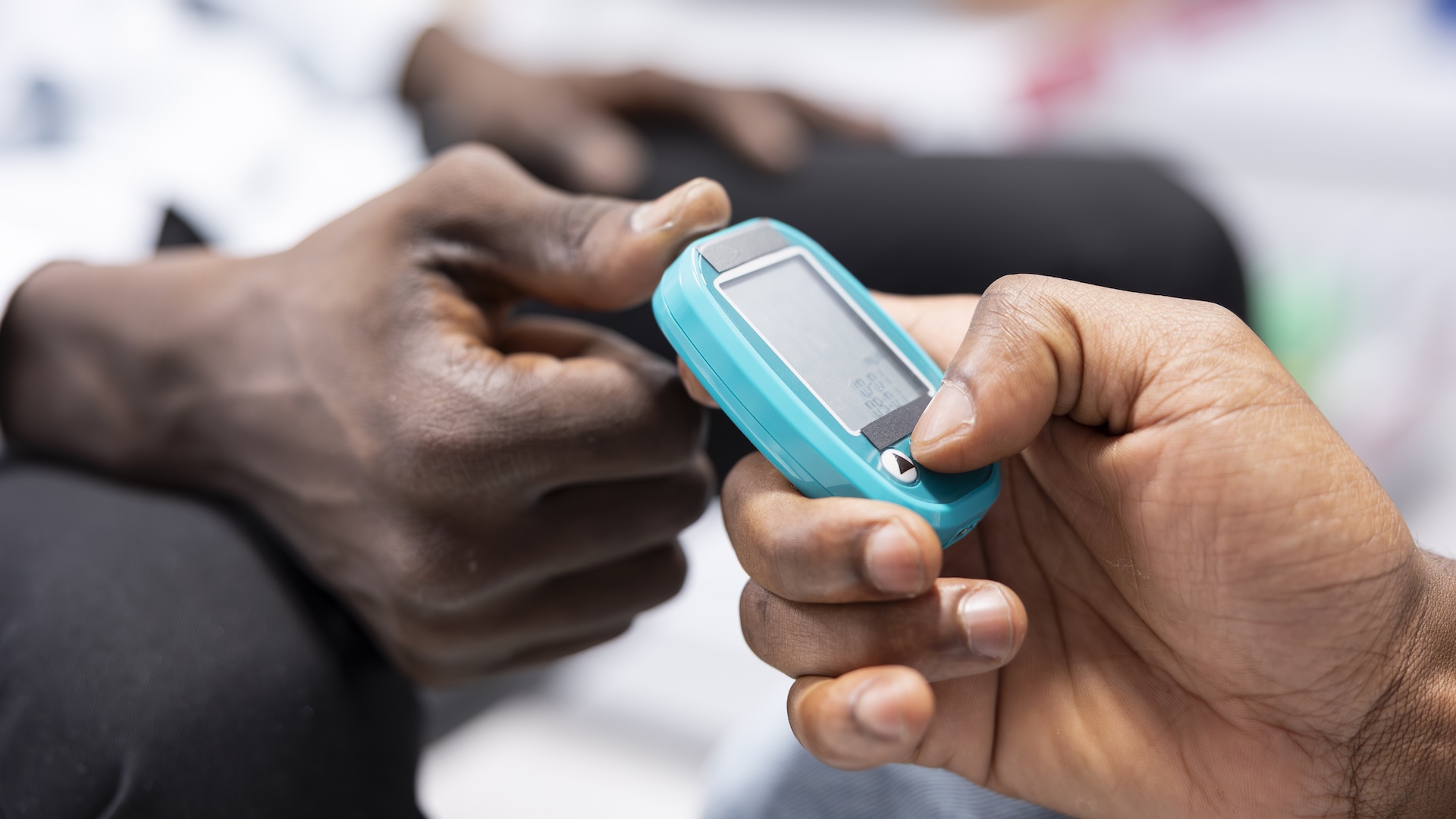What is type 5 diabetes? Newly recognized form of the disease gets name
First spotted decades ago but largely forgotten, a newly named form of diabetes stems from undernutrition and is thought to affect millions.

Scientists have formally recognized a new type of diabetes, dubbed type 5 diabetes, that is thought to affect 20 to 25 million people worldwide.
The condition, which is most common in Asia and Africa, was first identified more than 70 years ago but remained largely overlooked until now.
Conventionally, medical textbooks describe three main types of diabetes: In type 1, the immune system mistakenly attacks insulin-producing cells in the pancreas, leading to dangerously high blood sugar and a risk of ketoacidosis — a potentially life-threatening condition in which the body breaks down fat for energy. Type 2, the most common form, develops when the body doesn't respond properly to insulin or doesn't make enough of it. Gestational diabetes occurs temporarily during pregnancy, marked by insulin resistance that's thought to be driven by hormonal changes.
Additionally, there are other rare forms of diabetes that can result from specific genetic mutations or diseases. But now, scientists say there's another type of diabetes with a very different cause from the other kinds.
It was formally classified as "type 5 diabetes" during an international meeting of experts in India earlier this year. (They chose the label "type 5" because other researchers have already proposed "type 3" and "type 4" for other forms of diabetes.)
"Type 5 diabetes is characterized by insufficient insulin secretion leading to elevated blood glucose levels, similar to other forms of diabetes," Dr. Rachel Reinert, an endocrinologist and assistant professor at the University of Michigan, told Live Science in an email. "However, type 5 diabetes is not associated with autoimmunity (as in type 1 diabetes) nor insulin resistance (as is common in type 2 diabetes)." It also lacks the features of the more rare type 3 and type 4 diabetes, she said.
"Individuals with type 5 diabetes typically have low body weight and a history of undernutrition starting in early life," Reinert said. Doctors think that chronic undernutrition damages the pancreas early in life, leaving its insulin-producing cells permanently weakened. So the pancreas cannot make enough insulin, but if a patient is given insulin as treatment, their cells are able to respond to it.
Get the world’s most fascinating discoveries delivered straight to your inbox.
Treatment for type 5 diabetes needs to be managed carefully as too much insulin, coupled with too little food — a common reality in low-income countries — could result in dangerously low blood sugar. "It is important for all patients with diabetes to know which specific type of diabetes they have, so they can get the right treatment," Reinert said.
The YODA study
Earlier this year, the Young-Onset Diabetes in sub-Saharan Africa (YODA) study, published in The Lancet Diabetes & Endocrinology, renewed interest in the condition. The team initially set out to investigate type 1 diabetes among nearly 900 young adults across Cameroon, Uganda and South Africa.
But when the researchers analyzed blood samples, they found that roughly two-thirds of participants lacked the autoimmune markers seen in type 1 diabetes. Further testing revealed that these individuals still produced small but measurable amounts of insulin, unlike classic type 1 cases. But their insulin levels were below the range typically seen in type 2 diabetes. These findings pointed to a distinct, non-autoimmune, insulin-deficient type of diabetes.
This was not the first time in history that the condition had been observed.
In the early 1950s, British physician Philip Hugh-Jones encountered a group of 13 patients at his diabetes clinic near Kingston, Jamaica, whose symptoms did not fit type 1 or type 2 diabetes. Hugh-Jones called their condition "type J," for Jamaica, but the label was forgotten and the condition was overlooked for decades.
What's in a name?
Correctly naming a disease not only helps guide clinicians to the best treatment options, it can also help researchers to track its prevalence and identify which factors affect patients' outcomes, Reinert said.
Although type 5 diabetes has likely existed for decades, a lack of research has kept it poorly understood. Recognition is key to ensuring the condition is no longer overlooked, said Chittaranjan Yajnik, director of the Diabetes Unit at KEM Hospital in Pune, India, and co-author of an international consensus statement on type 5 diabetes published in The Lancet Global Health.
"It needs further research and funding to study its aetiology [causes], mechanism and treatment," he told Live Science in an email. "Name is important to attract attention from stakeholders and funding opportunities. Otherwise it will get buried in the background noise of common varieties of diabetes."
This article is for informational purposes only and is not meant to offer medical advice.

Clarissa Brincat is a freelance writer specializing in health and medical research. After completing an MSc in chemistry, she realized she would rather write about science than do it. She learned how to edit scientific papers in a stint as a chemistry copyeditor, before moving on to a medical writer role at a healthcare company. Writing for doctors and experts has its rewards, but Clarissa wanted to communicate with a wider audience, which naturally led her to freelance health and science writing. Her work has also appeared in Medscape, HealthCentral and Medical News Today.
You must confirm your public display name before commenting
Please logout and then login again, you will then be prompted to enter your display name.
